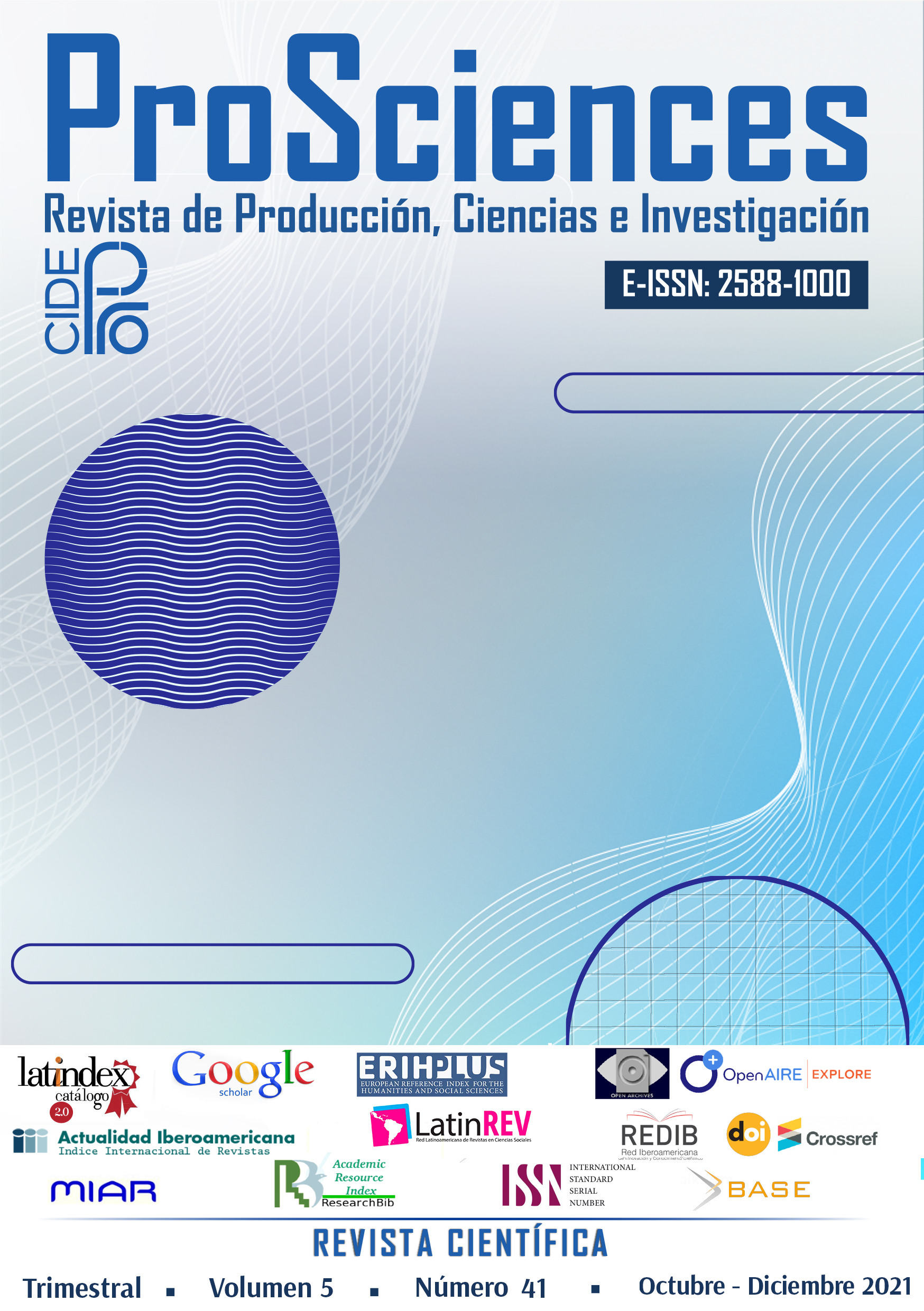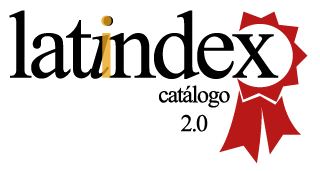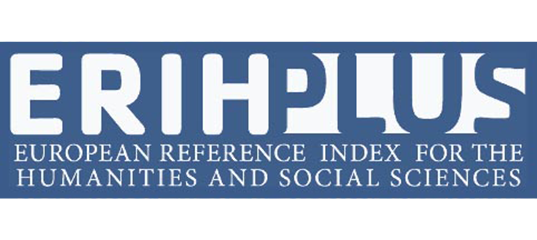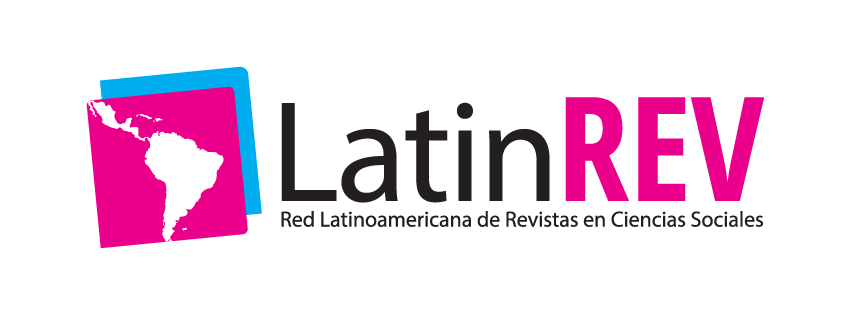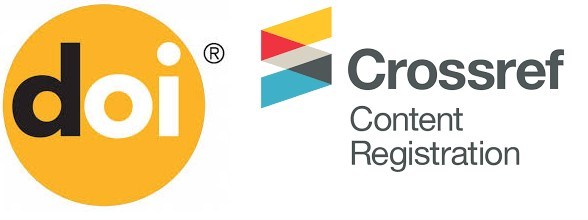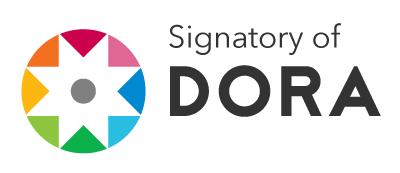Estrés percibido, supresión expresiva y sintomatología neurovegetativa en confinamiento por COVID 19
DOI:
https://doi.org/10.29018/issn.2588-1000vol5iss41.2021pp1-11Palabras clave:
COVID 19, estrés, regulación emocional, salud mental, síntomas neurovegetativosResumen
El presente artículo, tiene el propósito de establecer la relación del estrés percibido, la supresión expresiva y síntomas neurovegetativos de las personas en situación de confinamiento por COVID 19 en la ciudad de Cuenca. Método: De tipo, correlacional, transversal, no experimental. Se determinó un muestreo no probabilístico por conveniencia, constituido por 249 personas adultas, de la ciudad de Cuenca. Se utilizó la escala de estrés percibido en su versión corta (PSS-4), el Cuestionario de Autorregulación Emocional (ERQ-P) y la escala de síntomas neurovegetativos creada por los autores de este estudio. Resultados: La regresión lineal evidencia relación no significativa entre supresión expresiva y síntomas neurovegetativos (r= .100; r2= .010), relación no significativa entre síntomas neurovegetativos y estrés percibido (r= .003; r2= .010), relación significativa entre supresión expresiva y estrés percibido (r= .379; r2= .144; p< .01) y ausencia de relación de la sintomatología neurovegetativa entre supresión expresiva y estrés percibido (r= .390; r2= .152). Conclusiones: Se concluye que no existe relación significativa entre la sintomatología neurovegetativa y el estrés percibido, así como con supresión expresiva, pero si existe correlación positiva y moderada en supresión expresiva y estrés percibido; la sintomatología neurovegetativa, no afecta la relación entre el estrés percibido y la supresión expresiva.
Descargas
Citas
Behnke, A., Rojas, R., & Gärtner, A. (in press). Emotion regulation in the Emergency
Medical Services: Association with the personnel’s occupational stress, stress symptomatology, and job satisfaction. Pravention und Gesundheitsforderung. 10.1007/s11553-021-00836-x
Bermejo-Martins, E., Luis, E. O., Fernández-Berrocal, P., Martínez, M., & Sarrionandia,
A. (2021). The role of emotional intelligence and self-care in the stress perception during COVID-19 outbreak: An intercultural moderated mediation analysis. Personality and Individual Differences, 177, 110679. https://doi.org/10.1016/j.paid.2021.110679
Bourion-Bédès, S., Tarquinio, C., Batt, M., Tarquinio, P., Lebreuilly, R., Sorsana, C.,
Legrand, K., Rousseau, H., , & Baumann, C. (2021). Stress and associated factors among French university students under the COVID-19 lockdown: The results of the PIMS-CoV 19 study. Journal of affective disorders, 283, 108-114. https://doi.org/10.1016/j.jad.2021.01.041
Butler, E. A., Egloff, B., Wilhelm, F. H., Smith, N. C., Erickson, E. A., & Gross, J. J. (2003).
The social consequences of expressive suppression. Emotion, 3(1), 48–67. 10.1037/1528-3542.3.1.48
Cohen, S., Kamarch, T., & Mermelstein, R. (1983). A global measure of perceived stress.
Journal of Health and Social Behavior, 24(4), 385-396. 10.2307/2136404
Cohen, S. & Williamson, G.M. (1988). Perceived stress in a probability sample of the
United States. In S. Spacapan y S. Oskamp (Eds.), The Social Psychology of Health (pp. 31-67). Sage.
Desatnik, A., Bel-Bahar, T., Taylor, L., Nolte, T., Crowley, M. J., Fonagy, P., & Fearon, P.
(2021). Emotion regulation in adolescents: Influences of internal representations of relationships–An ERP study. International Journal of Psychophysiology, 160, 1-9. https://doi.org/10.1016/j.ijpsycho.2020.11.010
El Keshky, M. E. S., Alsabban, A. M., & Basyouni, S. S. (2021). The psychological and
social impacts on personal stress for residents quarantined for COVID-19 in Saudi Arabia. Archives of Psychiatric Nursing, 35(3), 311-316. https://doi.org/10.1016/j.apnu.2020.09.008
Garbóczy, S., Szemán-Nagy, A., Ahmad, M. S., Harsányi, S., Ocsenás, D., Rekenyi, V.,
Al-Tammemi, A. B & Kolozsvári, L. R. (2021). Health anxiety, perceived stress, and coping styles in the shadow of the COVID-19. BMC psychology, 9(1), 1-13. https://link-springer com.vpn.ucacue.edu.ec/article/10.1186/s40359-021-00560-3
Gargurevich, R., & Matos, L. (2010). Propiedades psicométricas del Cuestionario de
Regulación Emocional adaptado para el Perú (ERQP). Revista de Psicología, 12, 192-215. http://hdl.handle.net/10757/346852
Goldin, P. R., McRae, K., Ramel, W., & Gross, J. J. (2009). Bases neurales de las
emociones negativas: reevaluación y supresión de las emociones negativas. Psiquiatría Biológica, 16(2), 70-83. https://doi.org/10.1016/S1134-5934(09)71894-9
Gross, J. J., & Levenson, R. W. (1997). Hiding feelings: the acute effects of inhibiting
negative and positive emotion. Journal of abnormal psychology, 106(1), 95-103. https://doi.org/10.1037/0021-843X.106.1.95
Gross, J. J., & John, O. P. (2003). Individual differences in two emotion regulation
processes: Implications for affect, relationships, and well-being. Journal of Personality and Social Psychology, 85(2), 348–362. https://doi.org/10.1037/0022-3514.85.2.348
Gross, J. J., & Thompson, R.A. (2007). Emotion regulation: Conceptual foundations. In
J.J. Gross (Ed.), Handbook of Emotions Regulation (pp. 3-24). Guilford Press.
Gross, J. J. (2008). Emotion regulation. Em M. Lewis, J. M. Haviland-Jones, & L. F.
Barrett (Eds.), Handbook of emotions (pp 497-512). The Guilford Press.
Gross, J.J. (2014). Emotion regulation: Conceptual and empirical foundations. In J.J.
Gross (Ed.), Handbook of emotion regulation (2nd ed.) (pp. 3-20). Guilford.
Herrero, J., & Meneses, J. (2006). Short Web-based versions of the perceived stress
(PSS) and Center for Epidemiological Studies-Depression (CESD) Scales: A comparison to pencil and paper responses among Internet users. Computers in Human Behavior, 22(5), 830-846. https://doi.org/10.1016/j.chb.2004.03.007
Jeong, Y. J., & Koh, C. K. (2021). Female nursing graduate students’ stress and health:
the mediating effects of sense of coherence and social support. BMC Nursing, 20(1), 40. 10.1186/s12912-021-00562-x
Kovács, L. N., Baksa, D., Dobos, D., Eszlári, N., Gecse, K., Kocsel, N., ... & Kökönyei, G.
(2021). Perceived stress in the time of COVID-19: the association with brooding and COVID-related rumination in adults with and without migraine. BMC psychology, 9(1), 53. https://link-springer-com.vpn.ucacue.edu.ec/article/10.1186/s40359-021-00560-3
Li, P., Cheng, J., Gu, Q., Wang, P., Lin, Z., Fan, Q., ... & Wang, Z. (2021). Intermediation
of perceived stress between early trauma and plasma M/P ratio levels in obsessive-compulsive disorder patients. Journal of Affective Disorders, 285, 105-111. https://doi.org/10.1016/j.jad.2021.02.046
Luu, T. T. (2021). Worker resilience during the COVID-19 crisis: The role of core beliefs
challenge, emotion regulation, and family strain. Personality and Individual Differences, 179, 110784. https://doi.org/10.1016/j.paid.2021.110784
Lucia Parolin, L. A., Antonietta Benzi, I. M., Fanti, E., Milesi, A., Cipresso, P., & Preti, E.
(2021). Italia Ti Ascolto [Italy, I am listening]: an app-based group psychological intervention during the COVID-19 pandemic. Research in Psychotherapy: Psychopathology, Process and Outcome, 4(1) 42-52. 10.4081/ripppo.2021.517
Manzar, M. D., Salahuddin, M., Peter, S., Alghadir, A., Anwer, S., Bahammam, A. S., &
Pandi-Perumal, S. R. (2019). Psychometric properties of the perceived stress scale in Ethiopian university students. BMC Public Health, 19(1). 10.1186/s12889-018-6310-z
Megías-Robles, A., Gutiérrez-Cobo, M. J., Gómez-Leal, R., Cabello, R., Gross, J. J., &
Fernández-Berrocal, P. (2019). Emotionally intelligent people reappraise rather than suppress their emotions. PLOS ONE, 14(8), e0220688. 10.1371/journal.pone.0220688
Medvedev, O. N., Krägeloh, C. U., Hill, E. M., Billington, R., Siegert, R. J., Webster, C.
S., Booth, R. J., Henning, M. A. (2017). Rasch analysis of the Perceived Stress Scale: Transformation from an ordinal to a linear measure. Journal of Health Psychology, 135910531668960. doi:10.1177/1359105316689603
Mouatsou, C., Koutra, K. (in press). Emotion regulation in relation with resilience in
emerging adults: The mediating role of self-esteem. Current Psychology.
Motolese, F., Rossi, M., Albergo, G., Stelitano, D., Villanova, M., Di Lazzaro, V., &
Capone, F. (2020). The Psychological Impact of COVID-19 Pandemic on People With Multiple Sclerosis. Frontiers in neurology, 11, 1255. https://doi.org/10.3389/fneur.2020.580507
Parrado-González, A., & León-Jariego, J. C. (2020). Covid-19: factors associated with
emotional distress and psychological morbidity in spanish population. Revista espanola de salud publica, 94. https://europepmc.org/article/med/32507849
Obbarius, N., Fischer, F., Liegl, G., Obbarius, A., & Rose, M. (2021). A Modified Version
of the Transactional Stress Concept According to Lazarus and Folkman Was Confirmed in a Psychosomatic Inpatient Sample. Frontiers in psychology, 12, 584333. 10.3389/fpsyg.2021.584333
Perera, M. J., Brintz, C. E., Birnbaum-Weitzman, O., Penedo, F. J., Gallo, L. C.,
Gonzalez, P., Gouskova, N., Isasi, C. R., Navas-Nacher, E. L., Perreira, K. M., Roesch, S. C., Schneiderman, N., & Llabre, M. M. (2016, June 9). Factor Structure of the Perceived Stress Scale-10 (PSS) Across English and Spanish Language Responders in the HCHS/SOL Sociocultural Ancillary Study. Psychological Assessment, 29(3), 320–328. http://dx.doi.org/10.1037/pas0000336
Petzold, M. B., Plag, J., & Stroehle, A. (2020). Dealing with psychological distress by
healthcare professionals during the COVID-19 pandemia. Der Nervenarzt, 91(5), 417-421. 10.1007/s00115-020-00905-0
Remor, E. (2006). Psychometric properties of a European Spanish version of the
Perceived Stress Scale (PSS). The Spanish journal of psychology, 9(1), 86. https://citeseerx.ist.psu.edu/viewdoc/download?doi=10.1.1.863.4439&rep=rep1&type=pdf
Richards, J. M., & Gross, J. J. (2000). Emotion regulation and memory: The cognitive
costs of keeping one's cool. Journal of Personality and Social Psychology, 79(3), 410–424. https://doi.org/10.1037/0022-3514.79.3.410
Rothe, J., Buse, J., Uhlmann, A., Bluschke, A., & Roessner, V. (2021). Changes in
emotions and worries during the Covid-19 pandemic: an online-survey with children and adults with and without mental health conditions. Child and adolescent psychiatry and mental health, 15(1), 1-9. https://capmh.biomedcentral.com/articles/10.1186/s13034-021-00363-9
Seong, Y., & Park, S. (2021). Factors affecting changes in the mental health of North
Korean refugee youths: a three-year follow-up study. International journal of environmental research and public health, 18(4), 1696. https://doi.org/10.3390/ijerph18041696
Santi, G., Quartiroli, A., Costa, S., Di Fronso, S., Montesano, C., Di Gruttola, F., Ciofi,
E.G., Morgilli, L., & Bertollo, M. (2020). The Impact of the COVID-19 Lockdown on Coaches’ Perception of Stress and Emotion Regulation Strategies. Frontiers in Psychology, 11, 601743. 10.3389/fpsyg.2020.601743
Sørensen, J. B., Lasgaard, M., Willert, M. V., & Larsen, F. B. (2021). The relative
importance of work-related and non-work-related stressors and perceived social support on global perceived stress in a cross-sectional population-based sample. BMC public health, 21(1), 543. https://link-springer-com.vpn.ucacue.edu.ec/article/10.1186/s12889-021-10594-2
Tyra, A. T., Griffin, S. M., Fergus, T. A., & Ginty, A. T. (2021). Individual differences in
emotion regulation prospectively predict early COVID-19 related acute stress. Journal of Anxiety Disorders, 102411. https://doi.org/10.1016/j.janxdis.2021.102411
Wang, Y., Duan, Z., Peng, K., Li, D., Ou, J., Wilson, A., ... & Chen, R. (2021). Acute Stress
Disorder Among Frontline Health Professionals During the COVID-19 Outbreak: A Structural Equation Modeling Investigation. Psychosomatic Medicine, 83(4), 373-379. 10.1097/PSY.0000000000000851
Zidkova, R., Malinakova, K., van Dijk, J. P., & Tavel, P. (2021). The Coronavirus
Pandemic and the Occurrence of Psychosomatic Symptoms: Are They Related?. International journal of environmental research and public health, 18(7), 3570. https://www.mdpi.com/1660-4601/18/7/3570#
Descargas
Publicado
Cómo citar
Número
Sección
Licencia
Derechos de autor 2021 Pro Sciences: Revista de Producción, Ciencias e Investigación

Esta obra está bajo una licencia internacional Creative Commons Atribución-NoComercial 4.0.

